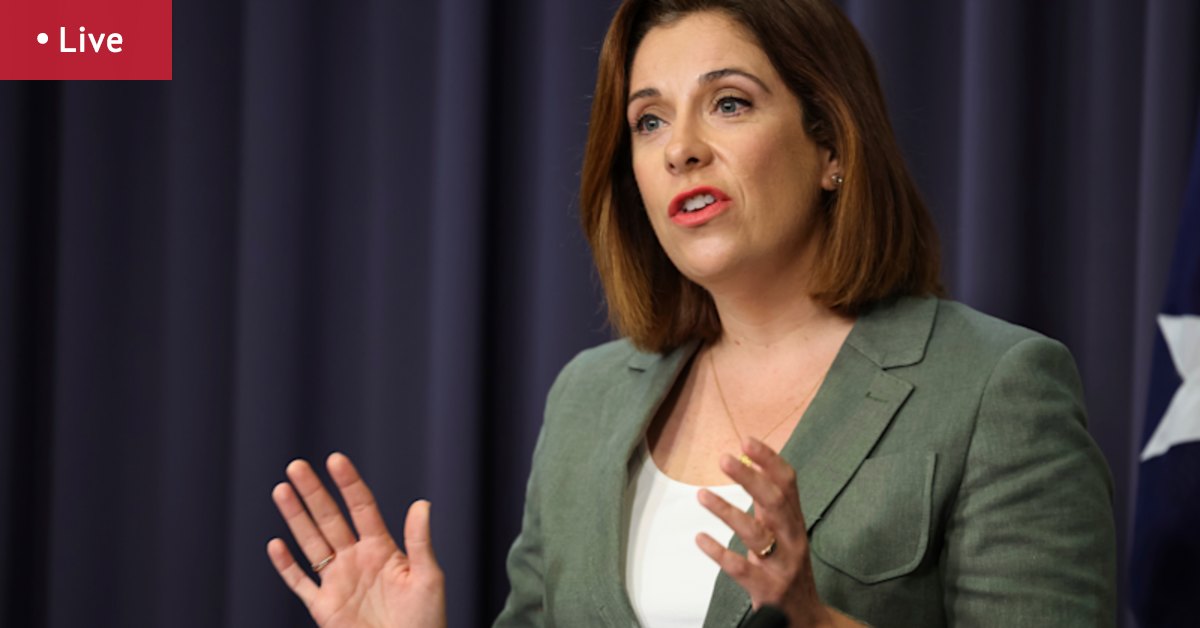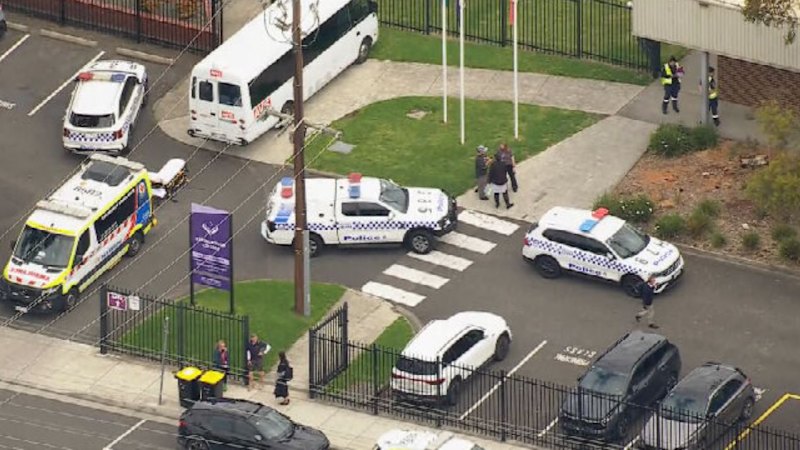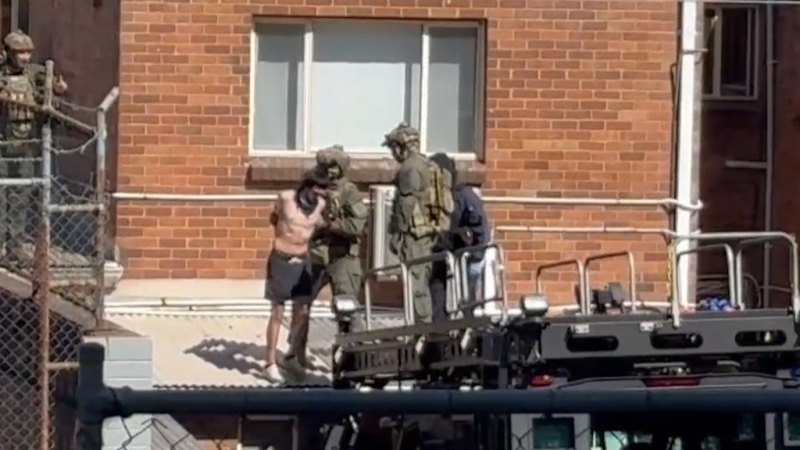The council claimed that between January 29 and February 1 “unknown respondents negligently, wilfully or maliciously stopped, obstructed or interfered with the works …”, and expected this could continue when works resumed.
The injunction was neither granted nor dismissed.
Work was paused once more in August following a 100-strong hīkoi opposing the pipeline route.
It had progressed to the lake and a fence line was erected with security and cameras.
It could not go further, however, while mana whenua occupied its land opposite the fence, at the access point to the lake.
They feared the pipeline risked environmental damage to the water and an area where tūpuna (ancestors) were buried nearby during the 1886 Mount Tarawera eruption.
At a late September council meeting, elected members voted to continue with the works after an update from police, staff and contractors.
The decision was made in a public-excluded session.
The injunction proceedings were renewed.
With no decision to date, the council on Friday scaled back the work site temporarily.
In a community update it said this allowed the road to fully re-open ahead of Labour Weekend until it knew when works could restart – within any conditions set by an injunction.
“Discussions with iwi and hapū are ongoing and the Tarawera Sewerage Scheme remains vital to protect the health of the lake, community and natural environment.
“While the urgency to complete the work remains and the court’s decision on the injunction application is expected soon, the decision has been made to scale back the work site in the meantime.”
The update said it would provide relief to local and visitor traffic and save additional costs from the site security and traffic management.
Councillor Don Paterson said in an October meeting it cost $20,000 each day the construction was paused.
There are about four weeks of work remaining to complete the pipeline.
The lake is in the Tūhourangi and Ngāti Tumatawera rohe, and is overseen by the Rotokākahi Board of Control.
The board acts as kaitiaki of the lake, which is iwi-owned and closed to the public.
Board spokesman Te Whatanui Leka Skipwith (Tūhourangi) said iwi would not sit idly by.
“We are going to keep fighting this.”
A group was headed to Auckland’s Government House to “demand the protection of Lake Rotokākahi” on Monday.
He previously said protests could have been avoided if the council had listened to mana whenua’s concerns, something the council said it did do.
At the time of the hīkoi, Skipwith said people referred to it as “another Ihumātao”.
The board of control and “persons unknown” were named as respondents in the injunction proceedings.
Co-chairman Peter Moke organised the January protest. He previously told Local Democracy Reporting he believed no one in the group was to blame for what prompted the application.
The council was considering a Local Democracy Reporting request for a copy of the renewed application under the Local Government Meetings and Information Act.
Laura Smith is a Local Democracy Reporting journalist based at the Rotorua Daily Post. She previously reported general news for the Otago Daily Times and Southland Express, and has been a journalist since 2019.
– LDR is local body journalism co-funded by RNZ and NZ On Air.






